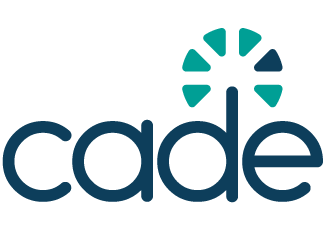Gender rights online
Why gender rights online matter
Gender rights online refers to extending the principles of gender equality into digital spaces, encompassing equal access to technology, freedom from online harassment, and the ability to participate in social, economic, and political life via the internet. The internet has immense potential to empower women, girls, and gender minorities by enabling access to education, employment, and public life. However, systemic barriers – such as the digital gender gap, online violence, and inequities in internet access – limit this potential. These challenges disproportionately impact women and marginalised groups, particularly in the Global South.
Advancing gender rights online is essential not only for equity but also for ensuring the internet becomes a tool for empowerment, enabling the exercise of human rights in the digital age.
Understanding the key challenges
The digital gender gap
Globally, women are less likely to access or use the internet compared to men. According to the ITU, only 65% of women use the internet, compared to 70% of men. The gap is especially pronounced in developing regions and Least Developed Countries (LDCs). Barriers include:
- Affordability: Women’s lower financial independence often limits their access to digital tools.
- Digital literacy: Educational gaps prevent women from understanding and leveraging technology effectively.
- Cultural norms: Social constraints may discourage or restrict women from engaging online.
Civil society can address this gap by advocating for inclusive policies that promote affordable and accessible ICT infrastructure and by supporting digital literacy programmes tailored for women and gender minorities.
Online violence against women
Forms of online violence – cyberstalking, harassment, doxing, and sexual exploitation – are pervasive and often amplified by anonymity. Marginalised groups, including LGBTQ individuals and women in politics, face heightened risks. Even women avoiding the internet are vulnerable to ICT-enabled abuse, such as tracking through apps or smart devices in domestic settings.
Intersection of technology and violence
Even women who avoid the internet are vulnerable to ICT-enabled abuse, such as tracking through mobile apps or internet-connected devices in domestic settings. Civil society can support women by providing resources to understand and safeguard against these risks while advocating for accountability measures for technology developers.
For civil society, engaging in standards development offers a unique opportunity to embed public interest values – such as human rights, inclusivity, and accessibility – into the very fabric of emerging technologies.
The policy dimensions of gender rights online
While the issues are global, the solutions require nuanced approaches that incorporate regional perspectives. Gender rights online intersect with several policy areas of interest to civil society:
Social and governance impact: Ensuring equitable digital access for women is critical for reducing systemic inequalities. Policies must address affordability, accessibility, and literacy to bridge this gap.
Human rights and accountability: Online spaces must respect human rights, protecting freedom of expression and privacy while addressing gender-based violence.
Economic and developmental impact: Digital inclusion of women can drive economic growth and sustainable development. Civil society can advocate for policies that create equal opportunities in digital spaces, fostering entrepreneurship and education.
Cultural and sociopolitical dimensions: Advancing gender equality online strengthens societal progress toward inclusivity and equity in broader governance and decision-making processes.
Forums where gender rights online are addressed
Civil society can influence gender-related policies and programmes through multistakeholder and governance bodies, including:
At the UN, the Human Rights Council and UN Women address online violence and digital gender rights. ITU and other multilateral organisations drive policies to close the digital gender gap, including affordable internet and inclusive ICTs.
The Internet Governance Forum’s (IGF) Dynamic Coalition on Gender and Internet Governance provides a platform for discussing gender inclusion in governance processes.


